I first came across infrared photography as a teenager in a photography magazine. Digital cameras and Photoshop were still a long way off and anything experimental and unusual was exciting and thrilling, especially at a time when photography was not yet as omnipresent and permanently available as it is today. The images created by the Wood effect (after its discoverer Robert Williams Wood, an American physicist), which sometimes appear almost extraterrestrial and unreal, with almost black skies and glowing white trees, exert an enormous fascination.
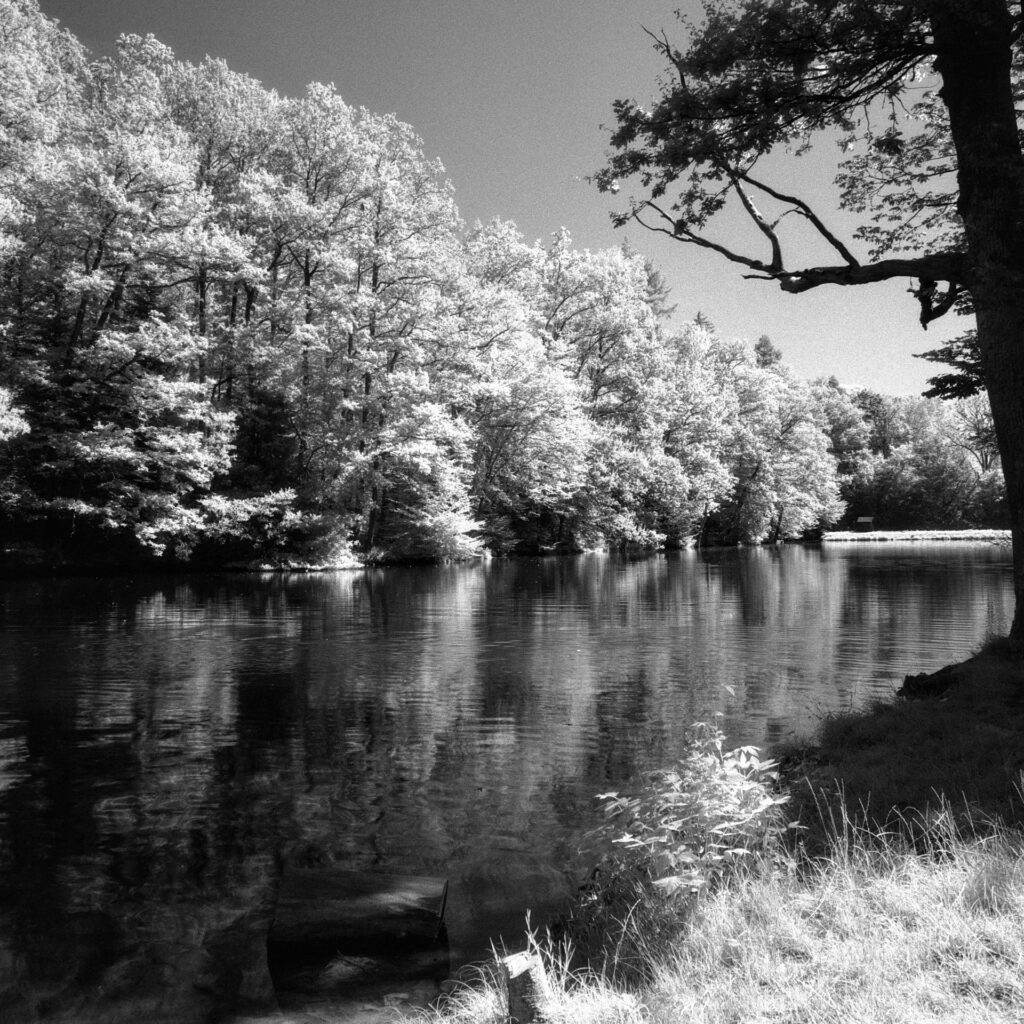
At the same time, my own enthusiasm for experimentation was limited. Even in the 1980s, film and filters were expensive; not every wish could be fulfilled with the usual pocket money of a middle and high school student from a white-collar family and priorities had to be set. In those days, analogue photography was primarily used to document travel, everyday life and family events, despite any creative drive that may already have existed.
Digital photography has changed the approach and purpose of analogue photography, at least for me. When it comes to speed or documentation, I reach for the digital camera. The analogue camera, on the other hand, freed from the burden of a rather ‘functional’ photography, serves the experiment! It’s wonderful how many different black and white films are still being produced or are being produced again. A very special representative of the black and white film genre is the Ilford SFX.
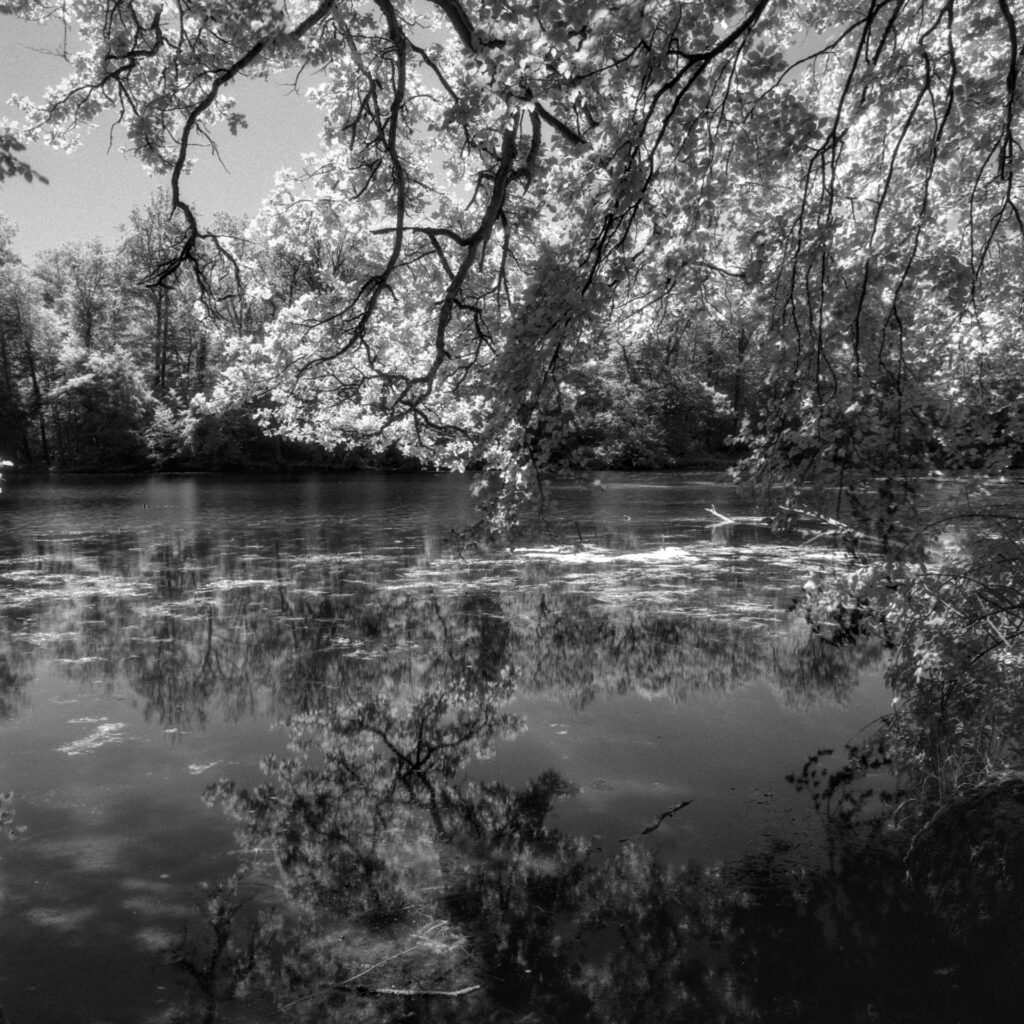
Ilford describes the SFX as ‘medium speed, black & white film with extended red sensitivity for creative photographic applications’. The film has a nominal speed of 200 ASA and, thanks to its extended sensitivity into the infrared range, responds excellently to filters. Even without explicit infrared filters, the right light produces very high-contrast images with dark skies and beautiful tonal separation between different tree species or grasses. Some people say that Ilford SFX is not a ‘real’ infrared film, that the spectrum does not extend far enough into the infrared spectrum. I am not a technical expert, I can only say that the wood effect mentioned above can be achieved with an 715nm filter. I really like the fact that the film, compared to other films I use, has a somewhat coarser grain.
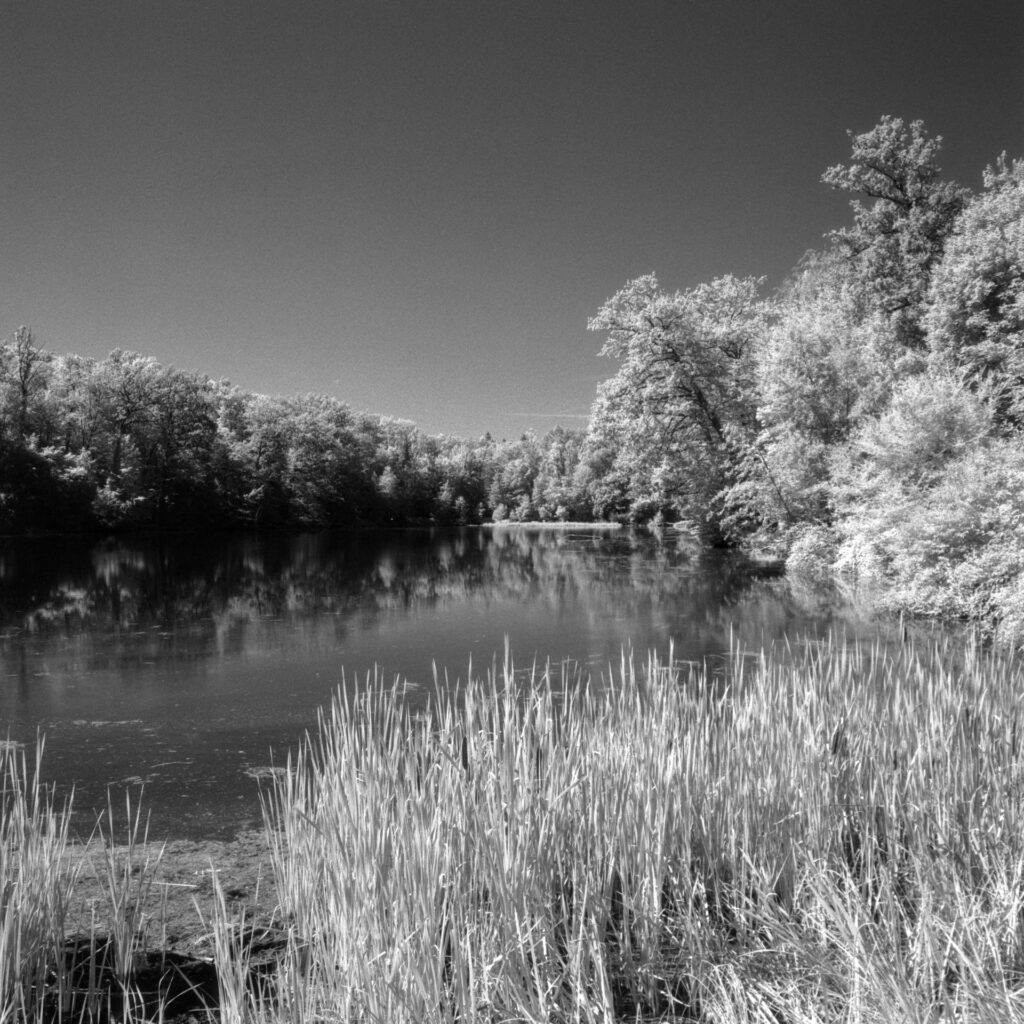
Infrared photography is associated with some special challenges, which is probably another point what kept me from trying it out as a teenager. Fortunately, loading the film is still unproblematic with SFX, even a 120 film can be loaded without any problems in somewhat subdued light. However, if you really want to achieve the typical infrared look, you have to screw an almost opaque filter in front of the lens. In practice, this means selecting the image section without a filter, focussing, attaching the filter and then adjusting the focus again – because: In the infrared range, the focal plane is shifted towards the visible light. This is where it gets a bit complicated when it comes to the exact position of the focal plane – old lenses often have a mark for infrared images, but from what I have read, they are not calibrated for Ilford SFX or infrared films in general, but for a Kodak film that is no longer available. There are instructions on the Internet on how to determine exactly how much the focussing needs to be adjusted – I tend to work by feel, at least with wide-angle lenses stopped down I have achieved sufficient results for my requirements.
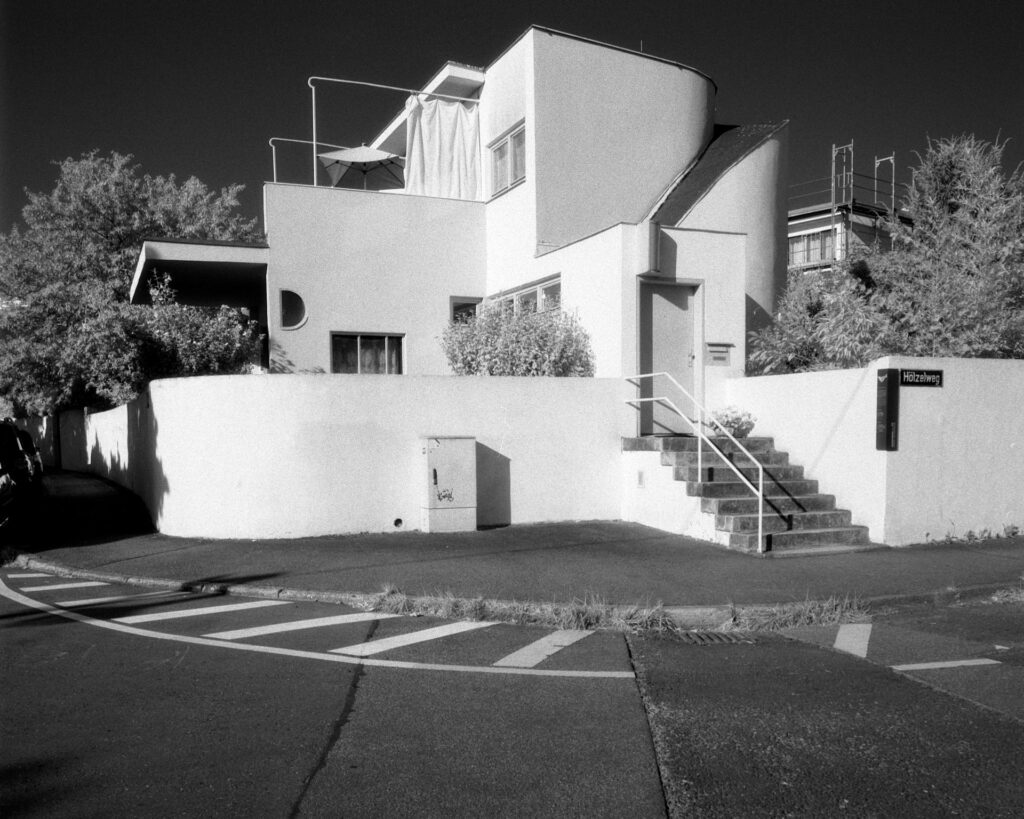
Another challenge, at least according to various reports on the SFX, is the exposure measurement when using infrared filters. Apparently not every camera is able to measure the required exposure time through the filter. However, I cannot judge whether this is actually the case. When I have an SFX in the magazine, I use my Hasselblad PME prism viewfinder, which reliably determines the light value even with a Heliopan RG 715 filter. All this may sound more complicated than it is in practice – just try it out! If you don’t dare to use the RG 715 right away – you can also achieve great results with yellow, orange or red filters, in which case the film can be used like any other black and white film.
So how can the wonderfully alienating wood effect be achieved? Whether the effect is achieved depends initially on the type of plant. With conifers, there will be no effect, as the needles usually are rendered very dark. There are big differences with deciduous trees – not every tree reflects the same amount of light in the infrared range. This is a case of trial and error. Another important point – the sun should be at the photographer’s back. In the morning and evening, the light probably also has a higher infrared component.
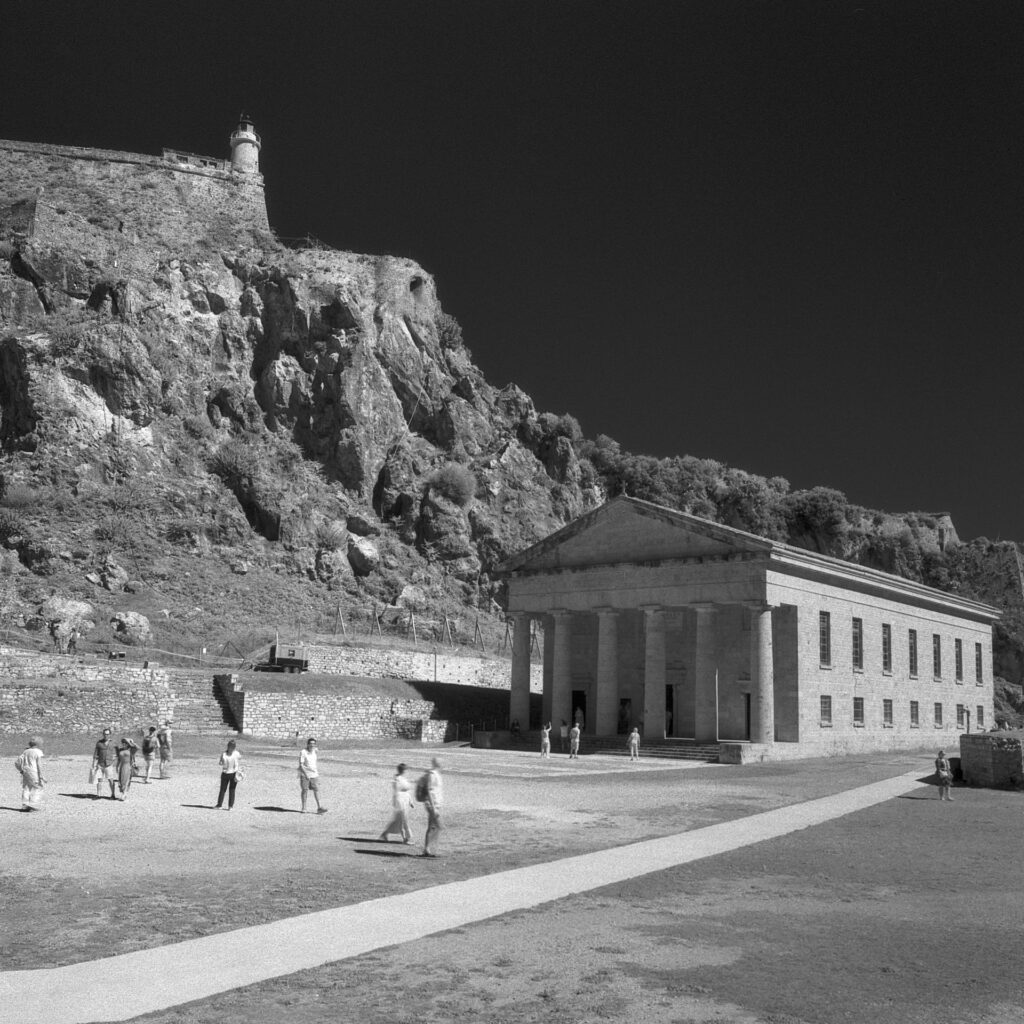
Infrared films are often used for landscape photography, but the SFX is also wonderfully suitable for architectural photography – depending on the stone or plaster surface, the photographer gets brilliant white facades in wonderfully high-contrast shots. For me, the appeal lies not so much in the alienation. Such effects wear off quickly and become boring at some point. But the SFX is much more than a one-trick pony. With the right motif and the right light, the SFX succeeds better than many other films I have tried in conveying a wonderful summer mood through deciduous trees and buildings glowing in the sunlight. The best images don’t work through alienation, on the contrary, they emphasise the special nature of the moment.
Share this post:
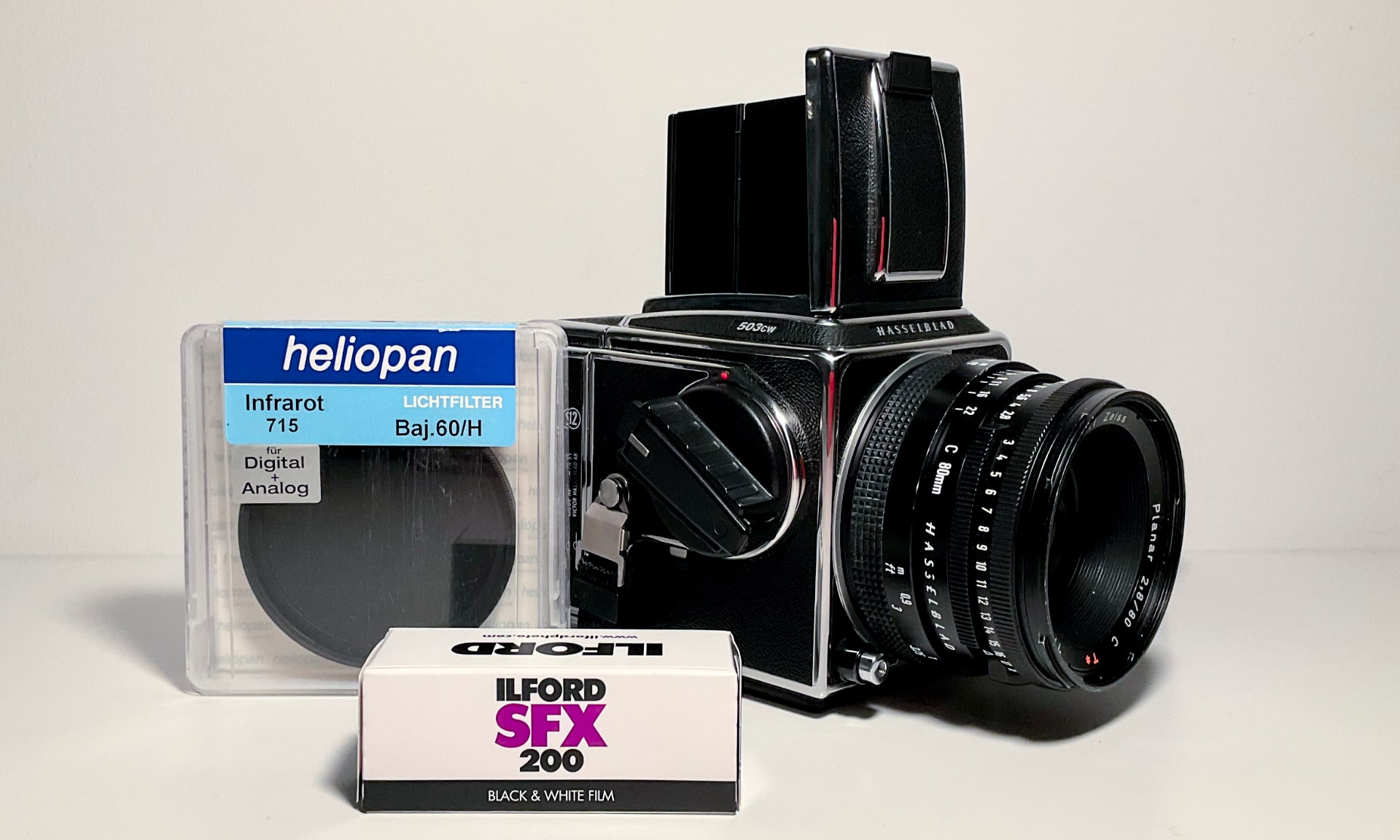
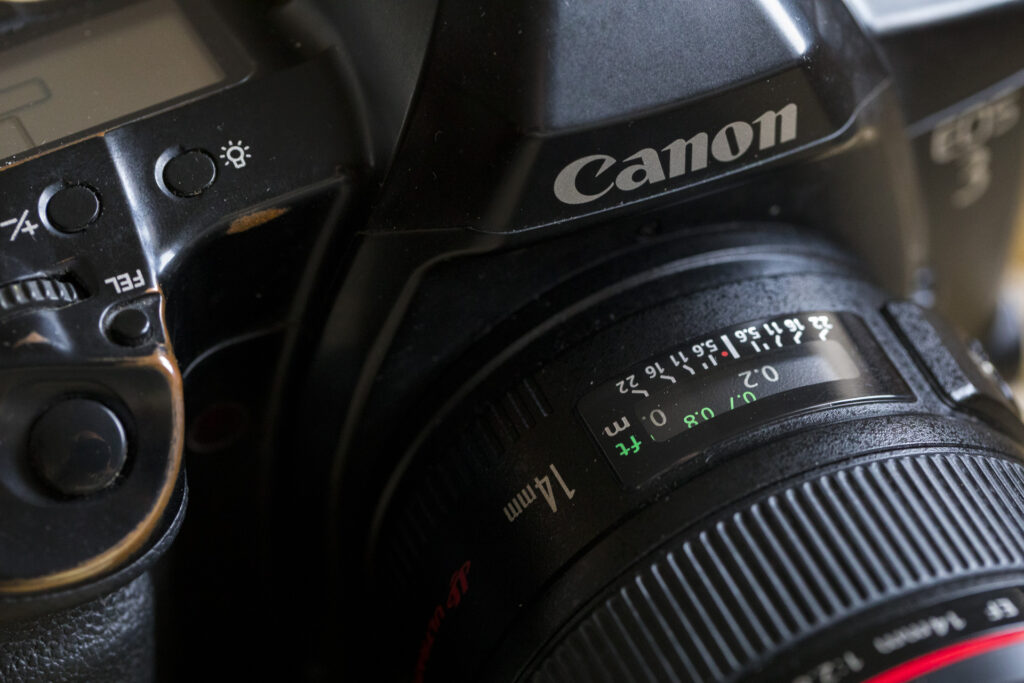
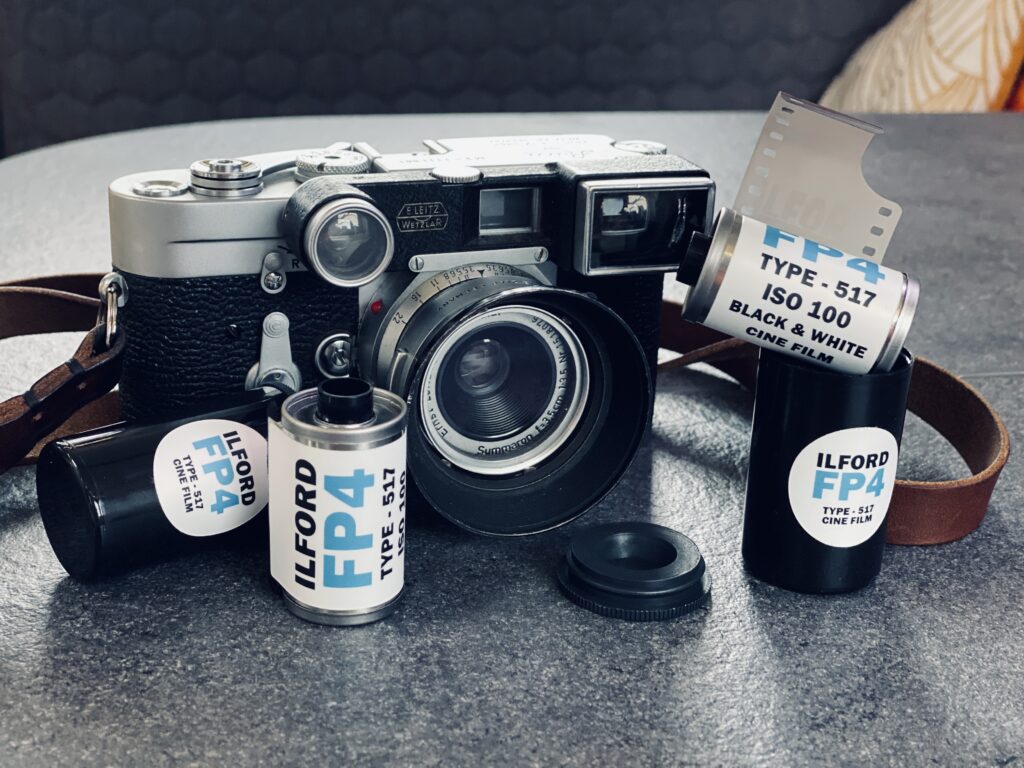
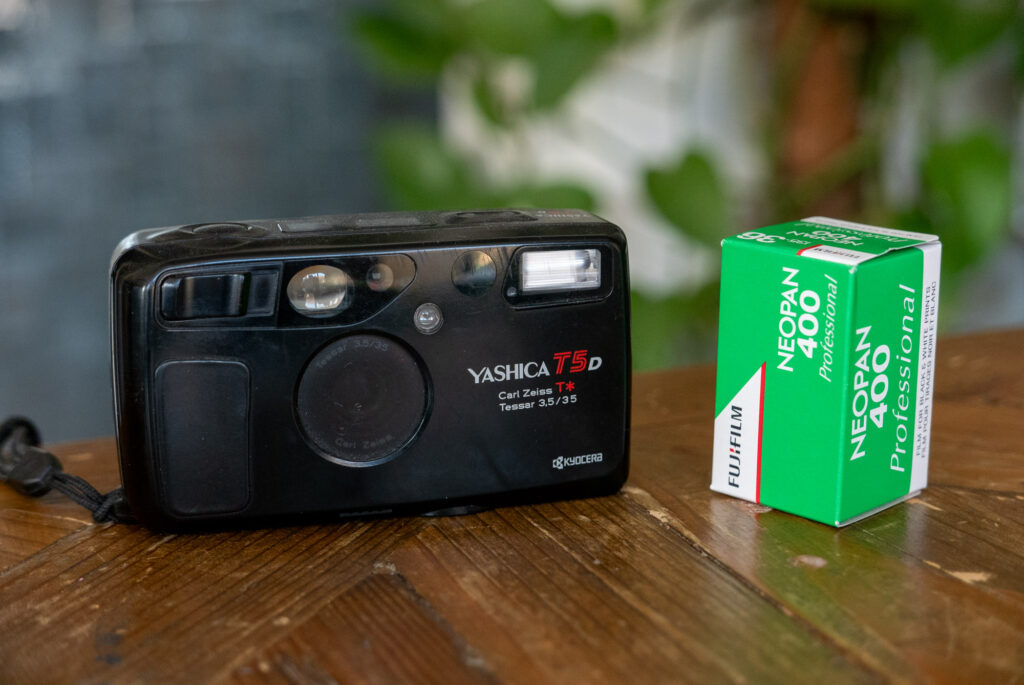
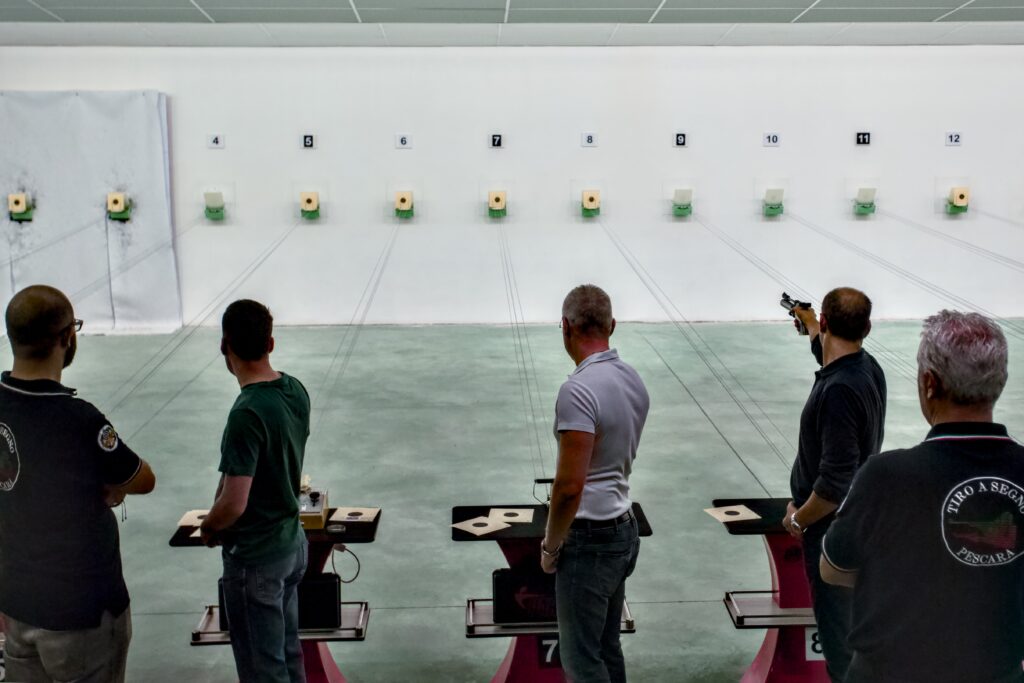
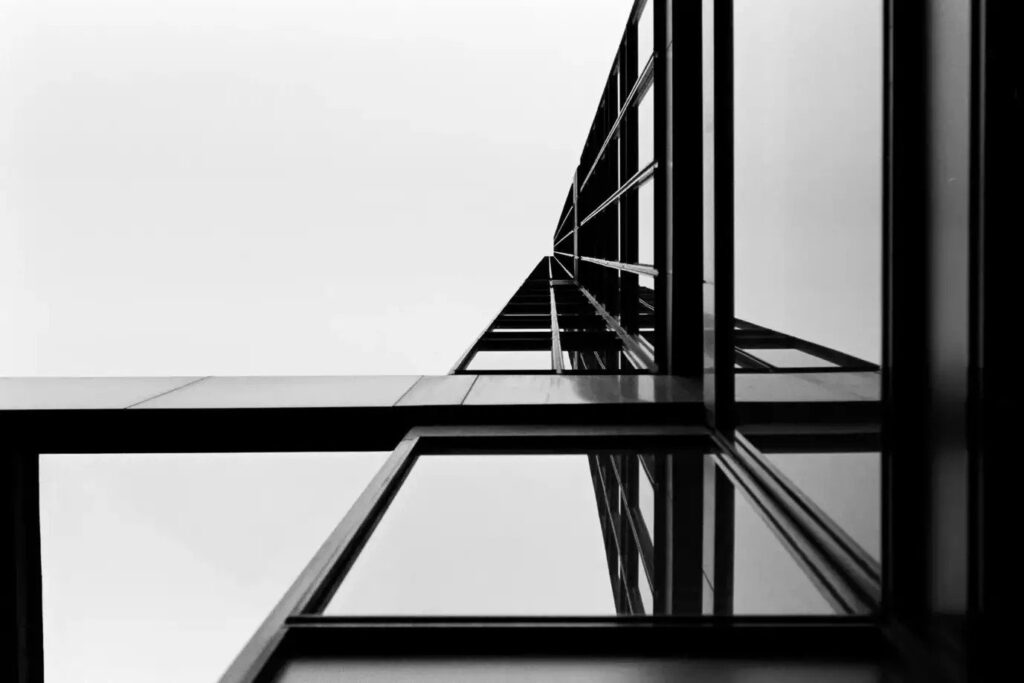
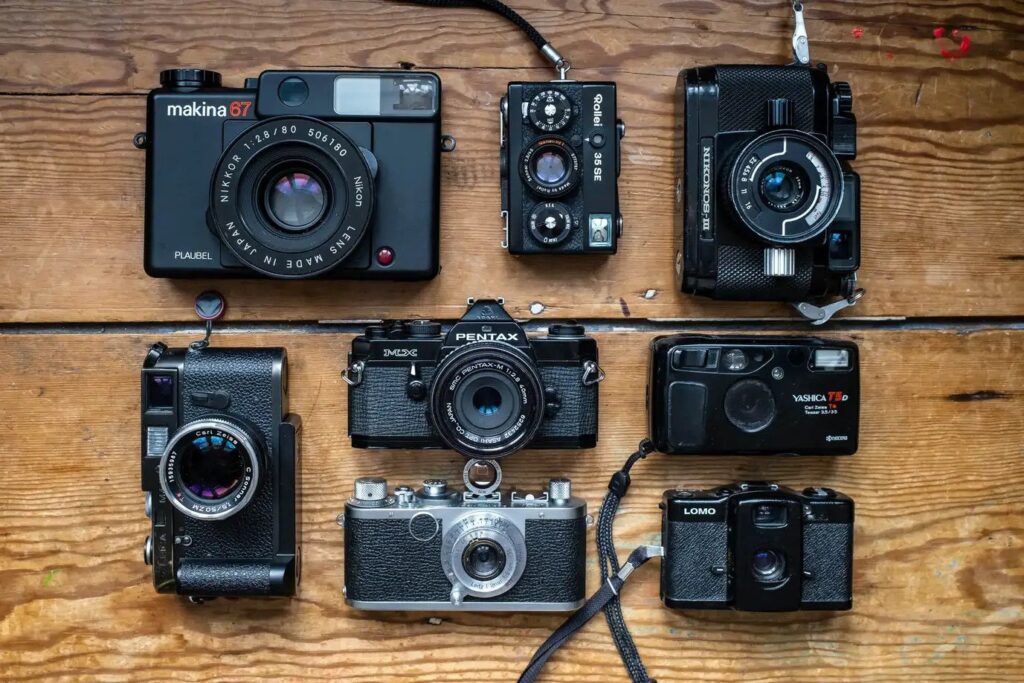
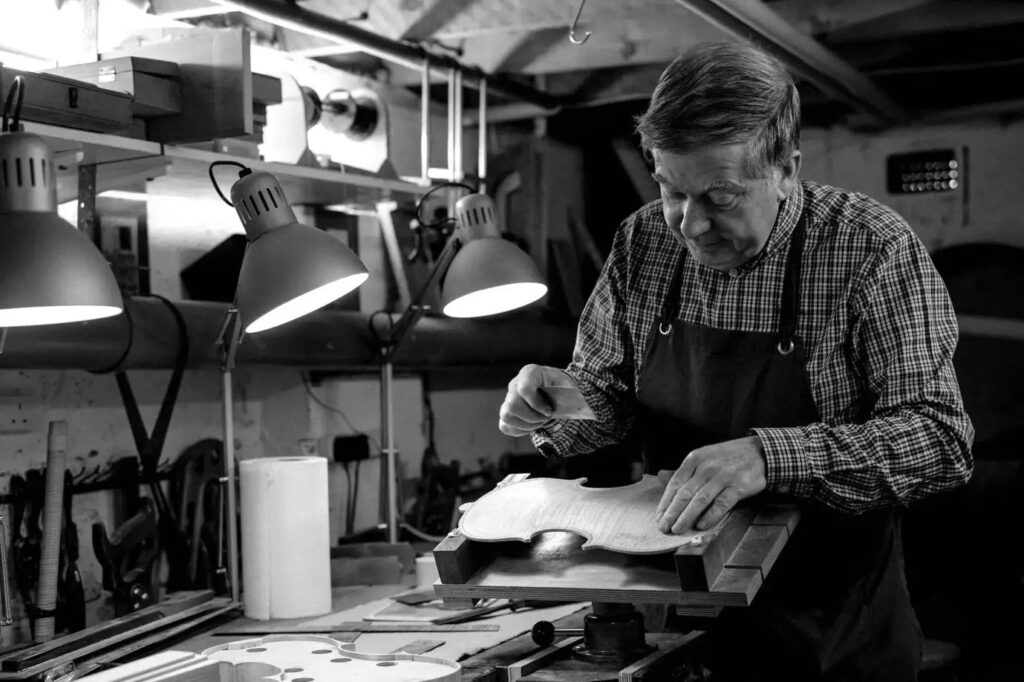
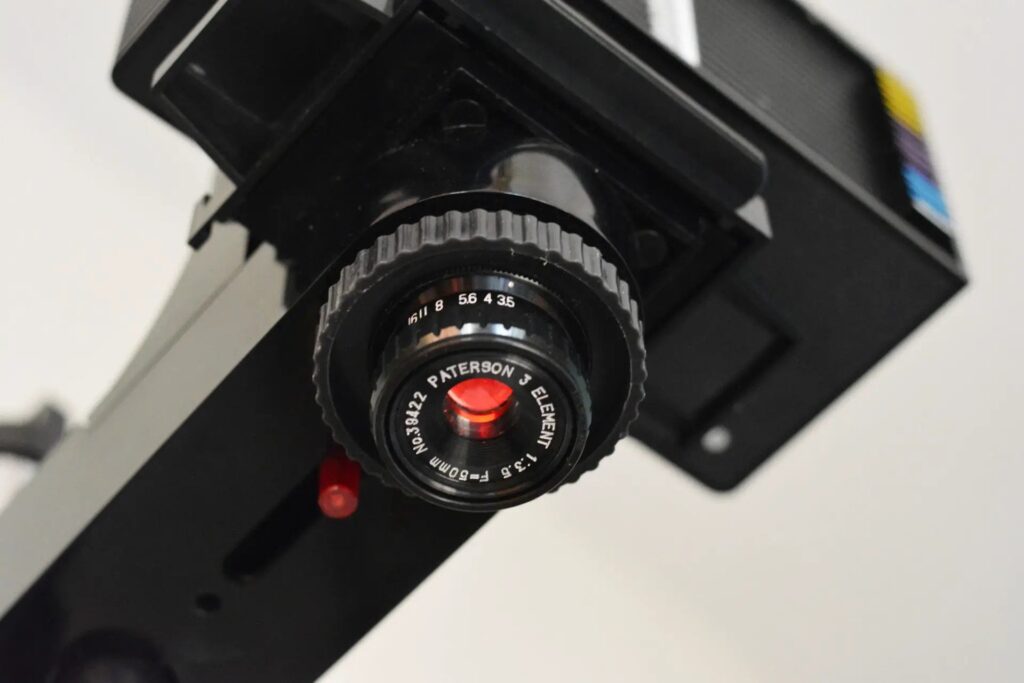
Comments
Gary Smith on 5 frames with Ilford SFX
Comment posted: 02/04/2025
Comment posted: 02/04/2025
Comment posted: 02/04/2025
Simon Foale on 5 frames with Ilford SFX
Comment posted: 03/04/2025
Comment posted: 03/04/2025
Geoff Chaplin on 5 frames with Ilford SFX
Comment posted: 03/04/2025
Comment posted: 03/04/2025
Comment posted: 03/04/2025